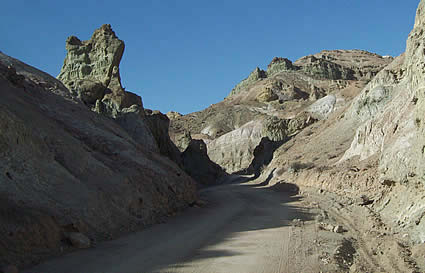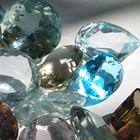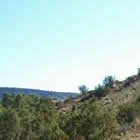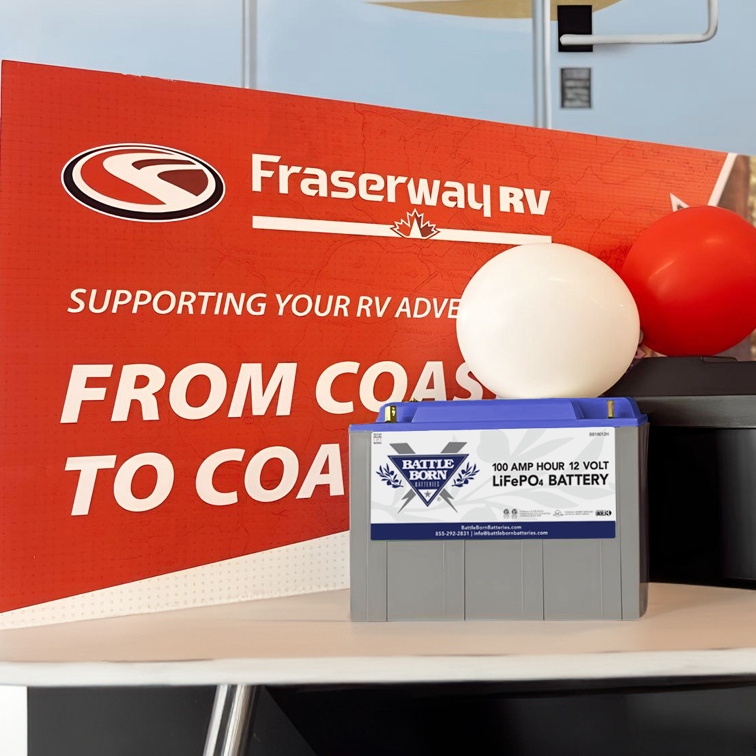The main street mural town
Barstow, California is a crossroad in every sense of the word.

Webster defines “crossroad” as a road that crosses a main road or runs cross-country between main roads. A less-used definition is a central meeting place or a crucial point, especially where a decision must be made.
Barstow, California fits all of the above definitions, as two main Interstate highways (I-15 & I-40) cross there, as does historic Route 66. Years ago, when horses and wagons where the primary means of transportation, a number of major trails came together at Barstow.
The Old Spanish Trail and the Morman Trail were major routes in the 19th century and brought immigrants, pioneers and gold seekers to a crucial point, where a decision on which trail to take was critical. Many years later, the railroads used Barstow as a major transportation centre. Lastly, Barstow was a meeting place for various cultures; Native American, Hispanic, Oriental and Anglo.
A desert destination
Besides being a major crossroad, Barstow is also a city in the desert and here you will find a typical southwest climate—warm and dry in the winter; hot and dry in the summer. Situated in the Mojave Desert, Barstow is a jumping off point for many activities. There is something here for everyone, including museums, National Parks, hiking and OHV trails, historic and scientific sites and family entertainment. Alternatively, you can just enjoy the warmth, peace and quiet.
Four museums call Barstow their home: the Desert Discovery Center contains The Old Woman Meteorite, discovered in 1976, which you can actually see and touch. At 6,070 pounds, it is the second largest meteorite ever found in the USA. You can also see the Mojave River Valley Museum, which has a fabulous collection of items pertaining to the history of the area, including a large mineral collection. Other highlights include the Railroad Museum—consisting of a collection of Santa Fe railroad rolling stock—as is the Historic Route 66 Museum, where you can learn all about this famous road.
The great outdoors
Joshua Tree National Park is two hours away and Death Valley is 290 kilometres (180 miles) to the north. Both are vast facilities and well known in their own right.
The Mojave Desert has many places to hike or ride off-road. Afton Canyon, AKA “The Grand Canyon of the Mojave,” has many miles of hiking trails. The Mojave River finally sees the light of day here, having travelled over 80 kilometres (50 miles) underground. The Mojave National Preserve offers hiking and OHV trails. Rainbow Basin has fossils of ancient mammals and dry camping at Owl Canyon just east of Rainbow Basin for $6 a night. Hike it or drive it. The six-kiometre (four-mile) loop is a tight squeeze on a dirt road but our 25-foot truck bounced along just fine. Hike from either of two parking areas, and remember to take water and a camera as the landscape is colourful. There are dry lake beds that existed 10 to 30 million years ago. No fossil collecting is permitted.
For the curious, there is Calico Ghost Town and Calico Early Man Site. At the former, you can see water run uphill, while the latter was excavated by the famous Dr. Louis Leakey, and is still a very important large archeological site. Here, some insight to the Pleistocene archeology and geology was obtained. Take I-15 north from Barstow to the Minneola exit, and follow the signs north for 4 kilometres (2.5 miles) on a graded dirt road to the site. There is no entrance fee here, but donations are appreciated. There is a fee to enter the Ghost Town, where $90 million dollars worth of silver was taken before the Maggie Mine ran out in 1896. Another $9 million more was extracted from the borax mines.
An authentic experience
To see the real desert, a trip to the Mojave National Preserve is a must. Either take I-15 North to enter from the north, or I-40 East to enter from the south. The roads are well paved and there is plenty to see and do.
More about desert history can be found just a few miles east of Barstow in Daggett. Here, the famous Twenty Mule Team finished its grueling trip, carrying borate to market starting in 1883. The team was actually formed by two horses in the lead followed by eighteen mules. Frisky ones were placed up front, smart ones in the middle as turners and the older mules close to the driver.
For those who want to do a little shopping, there is the Tanger’s Outlet located adjacent to the Visitor Information Center, just off exit 178 (Lenwood Road) on I-15.
Finally, the flavour of Barstow is best captured in the many murals that adorn the town railroad trains at McDonalds, the Harvey House, General Beal leading camels through the desert, National Trails Hwy Route 66, The Old Spanish Trail, The California Gold Rush and many more.
Contacts:
The Barstow Chamber of Commerce 1-760 256-8617
The Mojave National Preserve 1-760 252-6100
Calico Ghost Town www.calicotown.com
Rainbow Basin 1-760 252-6000
Mojave Desert Museum 1-760 256-5452
Desert Discovery Museum 1-760 252-6060
Visitor Information Center 1-760 253-4782
Calico Early Man Site 1-760 218-0827








